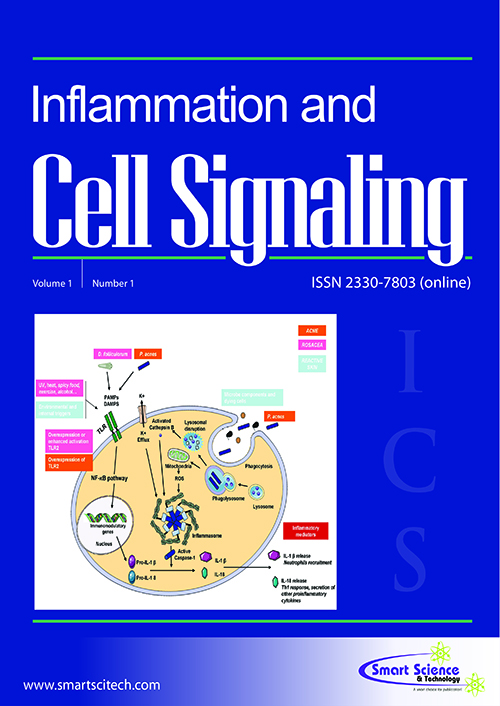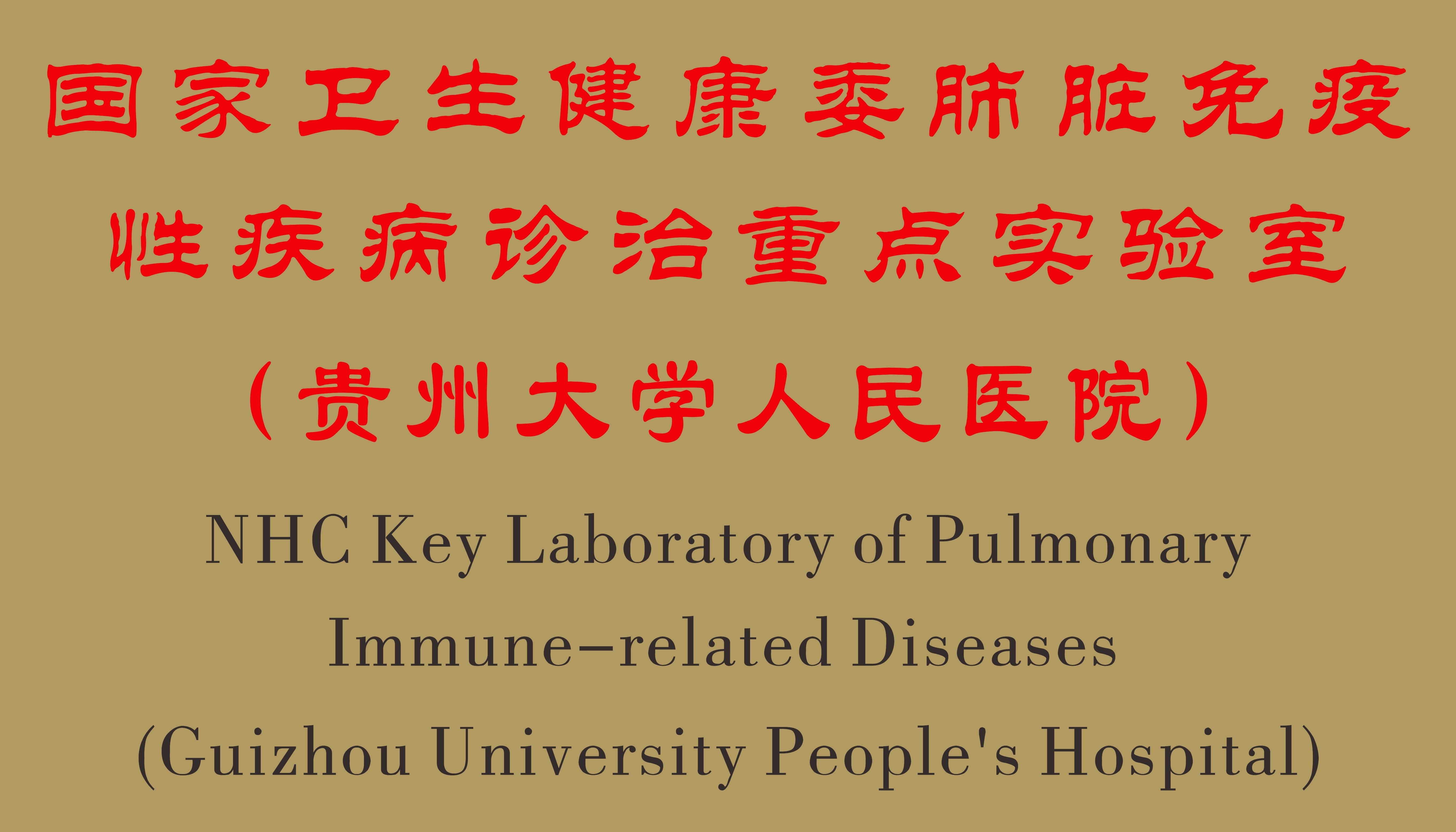Location – Positioning Tregs to the right place at the right time
DOI: 10.14800/ics.1267
Abstract
After a fruitless pursuit for suppressor cells spanning 1970s to mid-80s, the identification of CD4+CD25+ T cellsas a specific T-cell lineage with immune regulatory function in the 1990s has revived the theory of active immune tolerance and uncovered a brand-new avenue for immunologic research. Tregs have been shown to play a crucial role both in health and diseases. Whilst tremendous advance has been made in our understanding of the expanding varieties of effector mechanisms exploited by Tregs, the migration phenotypes as well as the anatomic sites where Tregs exert immune regulation are scarcely investigated. Migration of Tregs to either the lymph nodes or peripheral tissues has been shown to be exclusively indispensable in Treg-mediated immune regulation in a variety of experimental models with specific gene-targeted mice. The once seemingly paradoxical findings are partly reconciled by later discovery of various Treg subsets with distinct migration/homing property as well as the inflammatory stage when Tregs come into play along an immune reaction. In our recent study, we investigated the migration characteristics of Treg cells by using the endothelial cell-based shear-stress flow assay that resembles the intravascular blood flow system. We found that both FoxP3-expressing Tregs and anergic T cells generated by blockage of costimulation factors, CD80 and CD86, exhibited a significantly decreased adhesion to endothelial cells as compared to antigen-activated effector T cells (66~88 % reduction). The less migration phenotype hinted inefficient tissue trafficking of the Tregs and suggested the lymph nodes as the anatomic site where Tregs optimally exerted immune regulation. To this speculation, an essential role of Treg lymph node positioning in exerting immune suppression was demonstrated by the inability of adoptively transferred Tregs to prevent footpad inflammation after blockage of lymph node entry of these Tregs by CCR7 or CD62L Ab. Therapeutic modality targeting leukocyte migration has been a mainstay alternative for immunologic diseases. Important messages have arisen for treatments of this kind and Treg-based cell therapy that whilst inflammatory response can be harnessed by modulating the migration property of leukocytes, the relationship between Treg migration phenotypes and their immune regulatory function should always be taken into consideration.














